PlanetS in Grindelwald
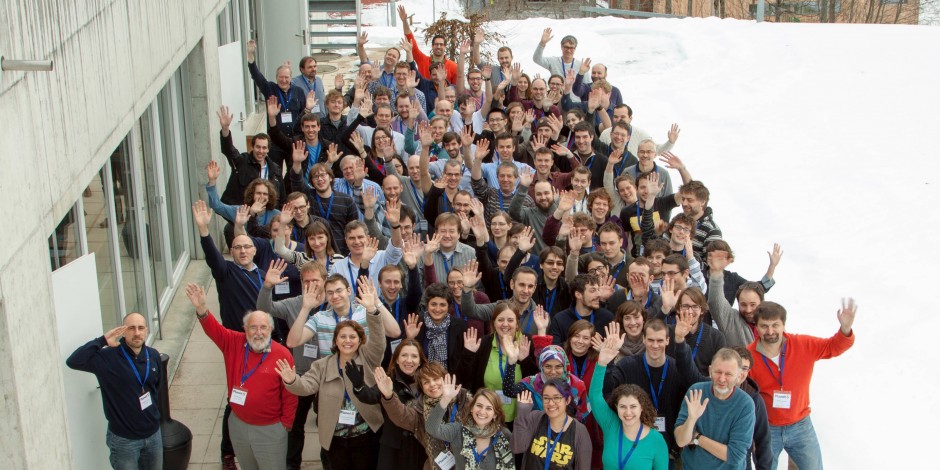
At the second General Assembly of the NCCR PlanetS the members presented project highlights and discussed future interdisciplinary ventures. “People were interacting a lot”, says NCCR scientific officer Yann Alibert: “The meeting was very successful although packed and quite exhausting.”
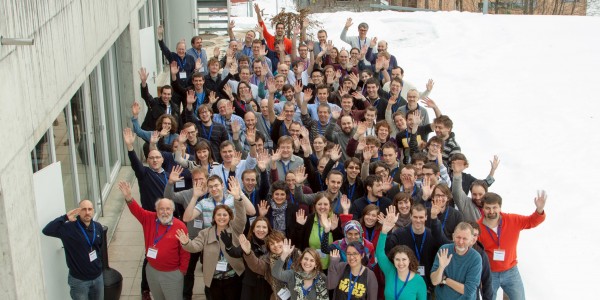
“This is it”, summarized PlanetS director Willy Benz: “The one time in the year where we all are together.” Over 100 members and associates of the NCCR had travelled from Bern, Geneva, Zurich and Lausanne to Grindelwald to spend 25 – 27 January 2016 at the second General Assembly. They were not distracted by the sun shining on the spectacular mountain panorama, but listened carefully to their colleagues’ science talks and took part in workshops about communication, implicit bias, career development and technology transfer.
Among the many scientific highlights presented were observations of protoplanetary disks with SPHERE, a new instrument weighing 9 tons installed at the Very Large Telescope (VLT) of ESO in Chile. “SPHERE is a lab at the telescope”, explained Hans Martin Schmid, professor at ETH Zurich: “It will help us to better understand the planet forming disks.” During the first year of operation the researchers already got a rich collection of disks. Another eye catcher were the simulations presented by Martin Jutzi, senior researcher at the University of Bern. They showed that comets like Tschury could not have survived the many collisions expected to occur during the 4.5 billion year history of the solar system. Hence, Tschury and its spectacular shape must be quite young!
The Data and Analysis Center for Exoplanets, DACE, in Geneva plays an important role within the NCCR, analysing and visualising data and pushing collaboration between researchers. Senior researcher Damien Ségransan presented, with the help of members of different projects, some concrete use of DACE to the whole NCCR. For the general public the DACE team publishes each month a new interactive 3D animation of a planetary system on the NCCR website (nccr-planets.ch). An event the researchers are eagerly waiting for is the launch of the Mars orbiter TGO on 14 March 2016 in Baikonur. Integrated on the spacecraft is CaSSIS, a camera built in Bern. According to Postdoc Luca Guallini it will monitor how Mars’ surface changes and allows the geologic reconstruction of interesting regions.
“I enjoyed the General Assembly, it was very interesting and interactive”, says Ravit Helled, PlanetS visiting scholar and senior lecturer at Tel-Aviv University. She emphasizes the “good spirit” of the young researchers and thinks that the barriers between the different disciplines are dissolving – one of the main goals of this event. To further foster interaction between the participants a quiz was presented that kept everybody busy before and after dinner trying to remember how Jupiter moon Ganymede might look like or whether Agota Kristof was a Swiss artist. The researchers demonstrated their great artistic talent during a late Karaoke session before they devoted themselves again to science the next morning.
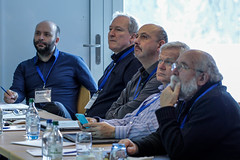
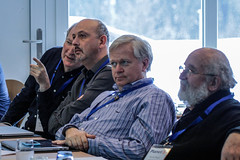


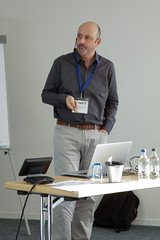

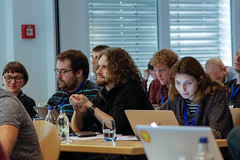

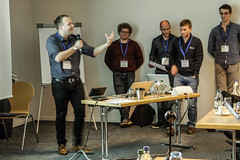
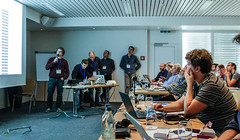

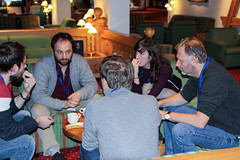
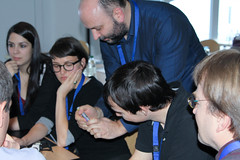
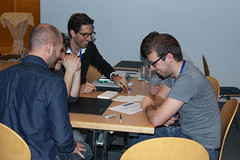
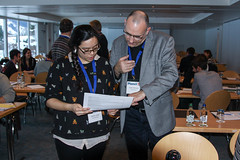
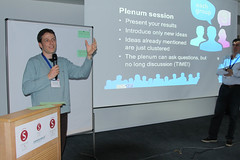

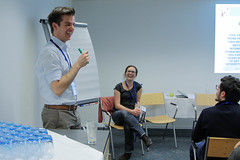
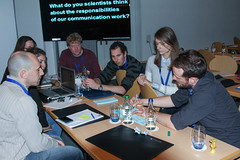


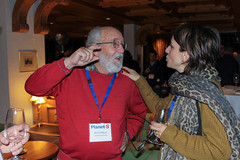
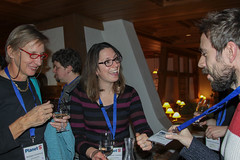
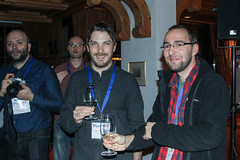
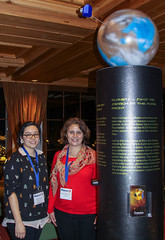
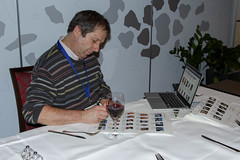
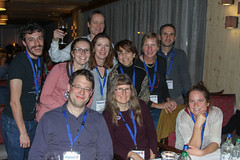
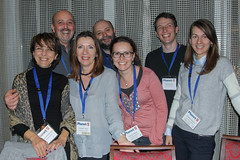

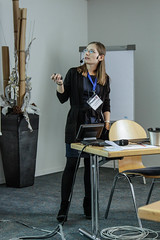
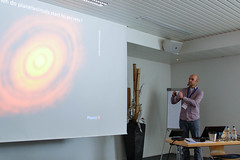

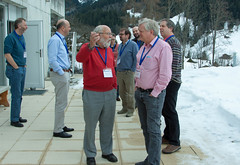
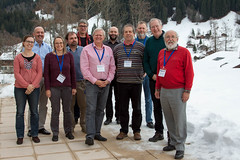

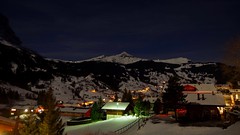

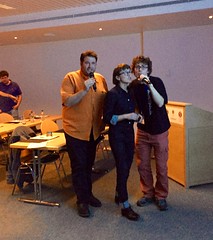

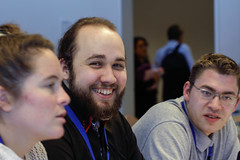

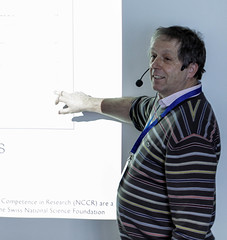
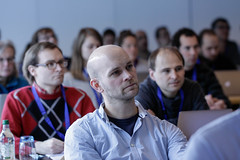
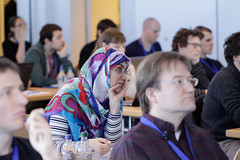
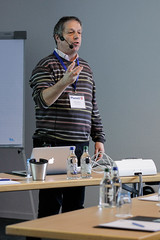
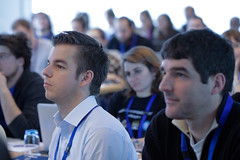


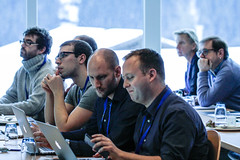
All photos of the event can be seen on Flickr: https://www.flickr.com/photos/130594030@N05/sets/72157664322878132
Categories: News, Uncategorized
